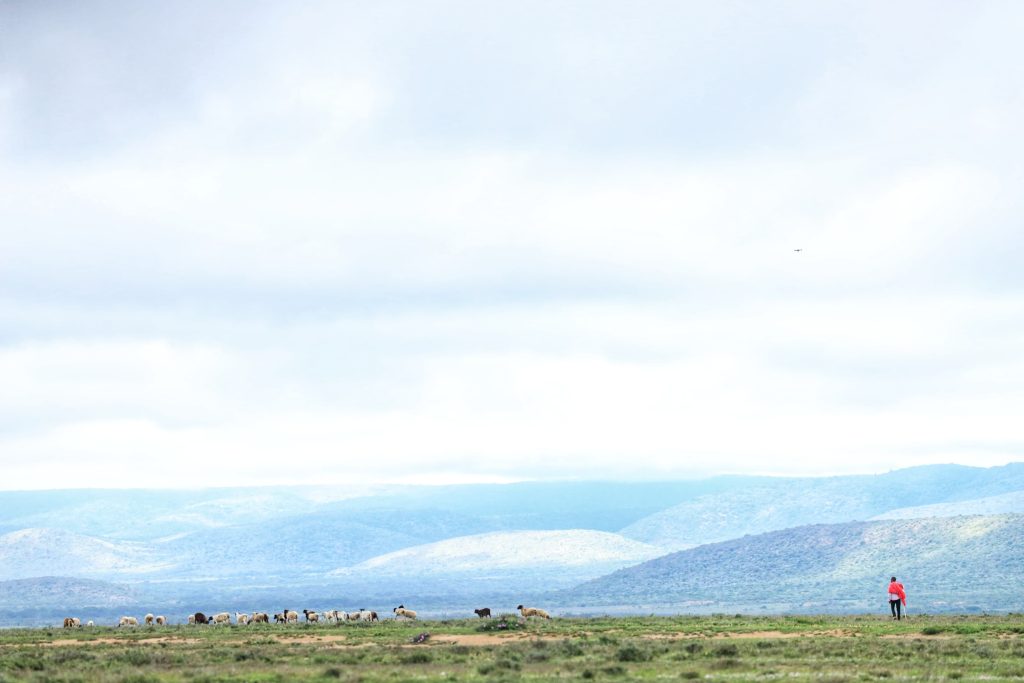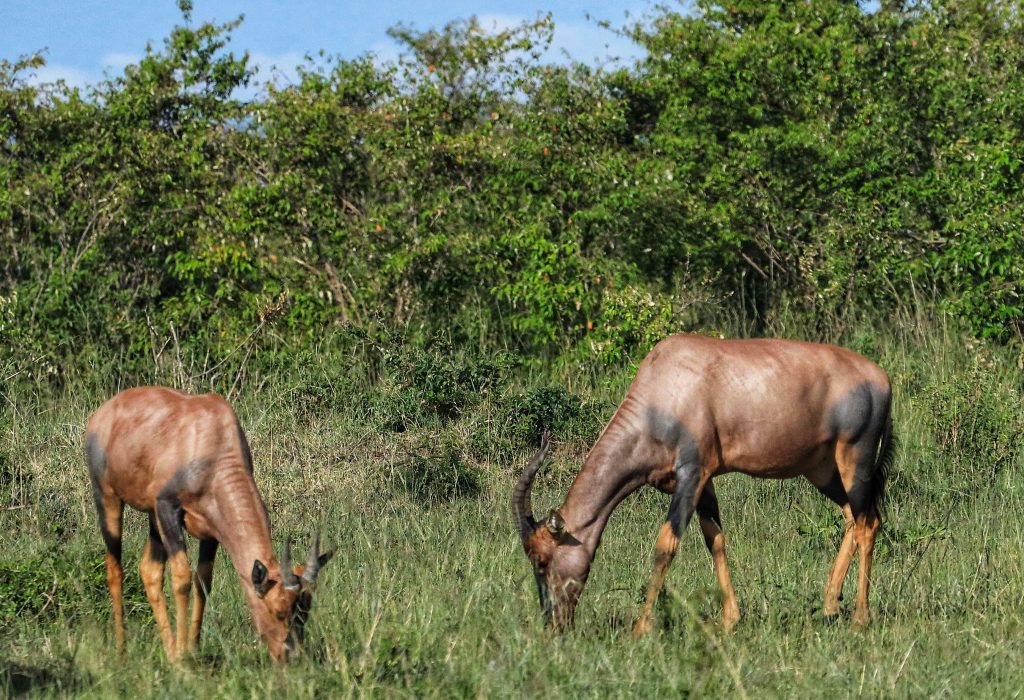Maasai Mara Conservation Action

The Conservationist Protecting Gorillas in Uganda’s Bwindi Impenetrable Forest
1st April 2025
Pangolin: Kulu’s Journey – A Reflection on Storytelling, Science, and Conservation
22nd April 2025The Maasai Mara is one of Africa’s most iconic wildlife destinations, known globally for its sprawling savannahs, rich biodiversity, and the legendary Great Migration. But beyond the thrilling game drives and stunning landscapes lies a powerful movement of environmental restoration, community empowerment, and sustainable tourism.
Maasai Mara conservation activities are at the heart of this transformation, playing a critical role in preserving the delicate balance of the Masai Mara ecosystem for future generations.

The Challenge: A Fragile Ecosystem Under Pressure
Over the past few decades, the Masai Mara ecosystem has faced increasing threats from overgrazing, accelerating savanna degradation, unregulated tourism, human-wildlife conflict, and land fragmentation.
As the human population grew and land use shifted towards livestock rearing (agriculture) and settlement, wildlife corridors began to shrink, affecting animal migration routes and the overall health of the ecosystem. Additionally, unregulated development and mass tourism put further pressure on the environment, threatening both wildlife and the cultural heritage of the local Maasai communities.
In response, conservationists, private landowners, tour operators, and the Maasai community came together to create a unique solution: the Masai Mara Conservancies.
What Are the Maasai Mara Conservancies?
The Maasai Mara Conservancies are community-owned lands surrounding the main Maasai Mara National Reserve. These conservancies represent a collaborative model where local landowners lease their land to tourism operators/business owners in exchange for regular income, employment, and community development support.
This model not only provides a sustainable livelihood for the Maasai people but also limits human settlement, controls grazing, and promotes responsible tourism.
By protecting large tracts of land outside the national reserve, conservancies create safe habitats and migratory corridors for wildlife, contributing to the long-term health of the broader Masai Mara ecosystem.
Key Maasai Mara Conservation Activities Transforming the Ecosystem
1. Wildlife Corridor Restoration
One of the most important Maasai Mara conservation activities involves protecting and restoring wildlife corridors that connect the Mara to larger ecosystems like the Serengeti.
These corridors are vital for species migration, especially during the Great Migration, when millions of wildebeests, zebras, and gazelles move between Kenya and Tanzania.
Conservancies help keep these corridors open and free from human encroachment, ensuring that wildlife can move naturally and safely.
2. Community-Led Anti-Poaching Efforts
Many conservancies have established local ranger units made up of trained Maasai youth. These rangers patrol the conservancy lands, monitor wildlife populations, and combat illegal poaching activities.
Their efforts have led to a significant reduction in poaching incidents, and the presence of rangers has created a safer environment for both animals and visitors.
Community involvement ensures that conservation is not imposed but embraced, as the locals are the true stewards of their land.
3. Controlled Grazing Programs
To reduce habitat degradation, conservancies implement rotational grazing programs. This allows for livestock rearing—a traditional Maasai practice—without compromising the integrity of the grasslands.
Controlled grazing helps preserve plant diversity and soil health while reducing competition between domestic animals and wildlife. It’s a sustainable approach that balances cultural practices with ecological needs.

4. Eco-Tourism and Revenue Sharing
Eco-tourism is a cornerstone of the conservancy model. Tourists visiting these areas contribute through Masai Mara Conservancy fees, which are reinvested into conservation programs, community projects, and ranger salaries.
Unlike in the national reserve, conservancy tourism is limited in numbers, offering a more exclusive and low-impact safari experience. This not only protects the environment but also ensures high-quality wildlife sightings for guests.
5. Education and Awareness Programs
Many conservancies work with schools and local organizations to educate youth about conservation and wildlife. These programs foster a sense of pride and ownership in the younger generation, laying the groundwork for future leaders in conservation.
By promoting environmental awareness, the conservancies help create a cultural shift toward sustainable living and long-term ecosystem stewardship.
The Positive Impact on the Masai Mara Ecosystem
Thanks to these Maasai Mara conservation activities, the Masai Mara ecosystem is seeing signs of regeneration. Wildlife numbers are increasing in many conservancies, and once scarce species—such as cheetahs and rhinos—are making a comeback.
Vegetation is recovering in overgrazed areas, and the return of natural predators is helping to restore ecological balance.
Birdlife has also flourished, with healthy populations of vultures, eagles, and other raptors being recorded in protected areas. Water sources are being protected, reducing soil erosion and ensuring sustainable access for wildlife during dry seasons.
In addition, the local economy has improved. Landowners receive stable monthly payments, local guides and rangers are employed, and community development projects—such as schools, clinics, and water supply systems—are funded through Masai Mara Conservancy fees. This win-win situation ensures that conservation and human development go hand in hand.
Best Conservancy in Masai Mara – Which One to Visit?
If you are planning a Masai Mara Conservancy safari, you are spoiled for choice. Each conservancy offers a unique experience. Among the most popular are:
- Olare Motorogi Conservancy – Known for high densities of lions and luxurious lodges.
- Mara Naboisho Conservancy – Offers exclusive game drives and a strong focus on community engagement.
- Ol Kinyei Conservancy – A pioneering model of eco-tourism with rich wildlife and fewer visitors.
- Mara North Conservancy – Home to large prides of lions and diverse habitats.
- Emboo River Hotel – Has the first full fleet of electric safari vehicles in Africa
Visitors often describe the conservancies as offering the best game viewing in a peaceful, uncrowded environment.
Many say that the conservancies rival—and sometimes surpass—the national reserve in terms of wildlife encounters and overall experience.

Staying in Masai Mara Conservancy Camps
A stay in one of the Masai Mara Conservancy camps completes the immersive experience. These camps are designed to blend luxury with minimal environmental impact. Most are eco-friendly, solar-powered, and built with sustainable materials.
Guests can enjoy personalised game drives, bush walks, sundowners, and cultural visits, all while contributing directly to the conservation efforts on the ground.
Camps like Kicheche, Encounter Mara, and Porini Camps are leaders in responsible tourism, often winning awards for their efforts in sustainability and community integration. Their intimate size and top-notch service ensure that guests enjoy the safari of a lifetime while making a real difference.
Conservation that Works
The story of the Mara is one of hope and action. By focusing on conservation activities that benefit both nature and people, the Maasai Mara Conservancies are reversing environmental decline and ensuring a thriving future for the Masai Mara ecosystem.
Whether you are a tourist, researcher, or conservationist, being part of this movement is an opportunity to witness firsthand how local communities and conservation can come together to create meaningful, lasting change.
So next time you plan a safari, choose a Masai Mara Conservancy safari, support Masai Mara Conservancy camps, and contribute to one of Africa’s most inspiring conservation success stories.
Amos Waweru is the founder of Kifaru Discover Safaris, a passionate traveller and conservation enthusiast dedicated to sharing the beauty and stories of wild spaces. Whether guiding unforgettable safaris or exploring new landscapes, he brings a calm curiosity to every journey. Follow his adventures on Instagram @CalmExplorer.





1 Comment
Entirely too many camps and more under construction.
Would like to see a visitation or reservations systems put in place to reduce daily visitor numbers, especially during migration.
More rangers are needed to enforce distance and vehicle numbers around key animal species, namely cheetah, leopard and rhinos